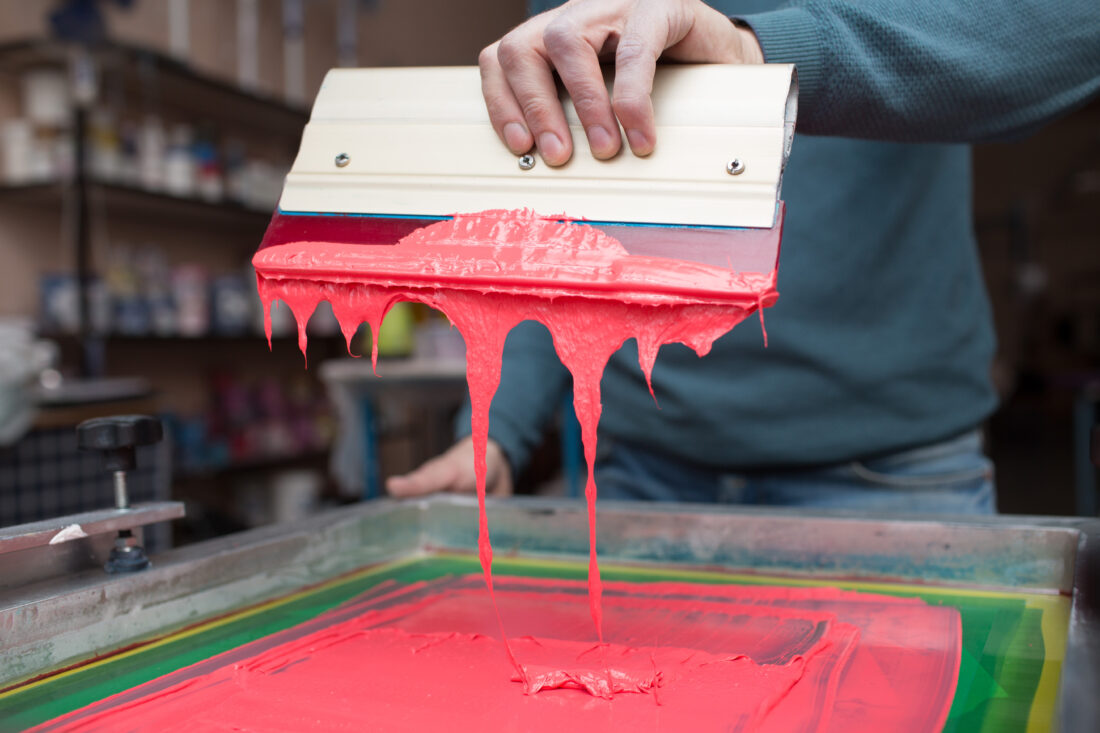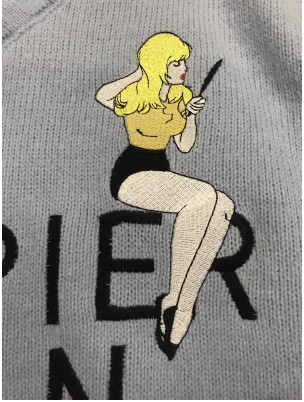China Sourcing Expert Explains 5 Methods to Process Brand Logos
August 21, 2025

A logo is the symbolic embodiment of a corporate image or product image. As a China sourcing agent, I can attest that one of the most important functions of a logo is identification.
It is easy for consumers to distinguish similar products of different enterprises or different companies in the same industry, by their logos. A logo is an intangible asset and has become more and more valued in the past several decades.
There are many kinds of logo processing techniques. You have probably heard of a few like silk screen printing, laser engraving, embroidery, etc. Do you know their advantages and disadvantages? Which kind of logo processing technique is optimal for your products?
Silk screen printing
Screen printing consists of five elements: a screen plate, a scraper, ink, a printing table, and a substrate. It is relatively inexpensive and can involve a variety of colors. The process consists of the ink permeating through the screen and porous parts of the template so that the logo is printed onto the substrate. Screen printing can be applied to different substrate materials like fabric, metal, plastic, ceramic, glass, and others. It is good for both small and large-area logo printing, but it is not suitable for irregular surface printing.

Pad printing
Pad printing uses a curved head made of silicon rubber material, a steel engraving machine, and ink. The rubber head absorbs the ink from the gravure plate and presses the patterns and words onto the products. Pad printing can be used for a wide range of materials, like plastic, metal, ceramic, leather, and even for products with irregular surfaces. It can use many colors continuously. Since the ink layer is relatively thin, the texture effect of printing is consistent. It is not suitable for large-area printing.

Laser Engraving
Laser engraving is a surface treatment process. A laser beam can carve permanent marks on the surface of the product. If choosing laser engraving, the color of the logo must be the same color as the material. Laser-engraved logos are durable. They do not involve inks or tool bits that must be replaced regularly.

Mold-integrated
With mold integration, logos are integrated with the products themselves. After the logo is engraved in the mold, the product will have a concave or convex image. Mold-integrated logos are a way to avoid having your brand pirated by copycats.

Embroidery
Embroidery is a decorative needlecraft that uses yarn or thread on canvas or fabric, and it can also incorporate materials such as beads, pearls, or ribbons. Embroidery is a common way for adding logos on shoes and clothing.

Certainly, there are many more ways to process logos. Every processing technology has advantages and disadvantages. Which one do you like best?
Now that you know the basics of logo processing technology and the differences between the techniques, I am sure you will find the optimal process that works best for your product.
By Helen Lee
Editor’s Note: This blog was originally published in November, 2022
